
3 E Madison St,
Waukegan IL, 60085
Tel:847-336-2628
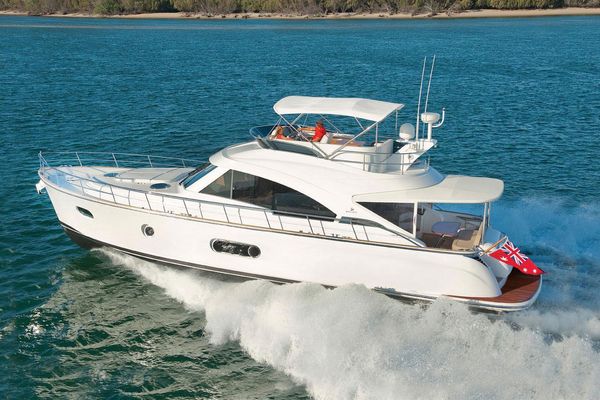
2018 Belize 54 Daybridge
If the legendary wooden boats of our past had kept evolving, how might they look today? Belize could well offer some insights. We sense they may have stayed with a lower profile than many of today’s offerings. Not just for beauty’s sake, but because the more tall and top-heavy a boat, the more ungainly and susceptible to windage. The trick is to have a sweet sheerline and profile without it stealing room below decks. On the Belize, the sheer remains fairly flat until gently rising toward the bow. But in this case, even good looks can be deceiving; the Belize actually delivers greater space— in the sizing of beds, heads, showers, in fact all living areas— than similar-sized production counterparts. It’s a testimony to very experienced thinking, artful computer-aided design and stronger, less bulky miracle materials. But there are more differences: Unusually for a motoryacht today, the Belize sheer is really the top edge of a substantial and shippy bulwark— instead of a token toerail— for more secure side access and drier passagemaking. This bulwark is in turn capped with a shaped teak rail (left natural, but available with four coats of gloss, if desired). Set atop the caprail is a beautifully electro-polished array of stainless stanchions (32mm rather than 25mm) carrying two horizontal rails that wrap right around the boat, to almost halfway along the cockpit. The top rail isn’t the usual 25 or 30mm pipe, but a 60mm X 40mm elliptical shape that, as the hand falls upon it, feels as substantial as the reassuring traditional teak handrail of days gone by — without the vulnerability and maintenance.
Because Cummins Zeus pod drives had been agreed upon for the 54, the boat’s running surface was primarily penned on that specific basis. First, by Ocean Yacht Designs, then reviewed by Cummins’s own in-house naval architects. With all their approvals in hand, the hull was then taken to the Australian Maritime College (AMC) in Tasmania, for two rounds of tank testing. Further shape tweaks were made during AMC’s testing; all the time improving efficiency, (a reduction in running trim angle, for instance, as well as a nice bonus of ‘less effective power required’) and resulting in a shape beautifully mated to her power source. Essentially, it’s a warped-plane hull with a very fine entry, and strong flare decreasing to a fairly flat run aft— a deadrise of 12 degrees.
Further aiding efficiency are pod tunnels scooped into the aft section, protecting props and allowing a proper keel to assist tracking, with a very substantial turn-down chine in the bow to deflect spray and deliver a more dry and silky ride offshore. The boat simply proceeds in a stately fashion, in keeping with her exterior style. In more traditional times, the actual profile of the bow itself might’ve been dead plumb. But at the speeds we’re able to drive our boats today we need buoyancy forward; we don’t need a bow that will dig into a wave (this is not an ocean race) but lift over it. Hence the slight spoon arc of the bow, at any sort of speed slicing a glassy sheet of water that turns into spray further down the flanks. Following this wake along, almost halfway down the hull we start to detect the gradual compound curve of the hull’s tumblehome, becoming quite pronounced at the transom. This reverse curve is more than sensual, it’s also practical; placing less weight up high in the hull and offering protection from slamming— against a jetty, or rafted companions.
As the cradle of our civilisation, Europe still— quite deservedly— influences our design sensibility. Even so, we tend to take it with a grain of salt. We try to cherry-pick and adapt ideas to suit different cruising distances, light levels and lifestyles, in many locations. The Belize designers have struck a keen-eyed balance between European panache and Australian practicality. Throughout any Belize yacht, fabric panel walls, leather, weatherproof leatherette and passages of woodgrain are used in a contemporary palette to create a warm and inviting ambiance, and to contribute to excellent acoustics. Two pack polyurethane finishes accent and protect key surfaces in the galley, on door panels and other key joinery interludes. High lustre is not, by any means, the answer to every décor decision; a number of Belize interior surfaces are quite muted. Satin varnish, for instance, is evident throughout the saloon, galley, helm, companionway and forward cabin threshold. Galley bench tops offer a choice of natural solid surface materials. The Miele name badges the induction cooktop, combination oven, and microwave. The AC/DC Vitrifrigo system provides two capacious chiller drawers and a separate freezer drawer. The dual bowl sink is served by award-winning German Grohe tapware. Right across from the galley, on the starboard side is the true heart of the saloon; a large L-shaped seating area that does double duty as lounge and dinette. (Or triple duty, with its clever purpose-built storage for crockery, glassware and charts tucked under.) The saloon’s opening side windows allow for natural ventilation, but when the temperature calls for it, you can waft a good 24,000 BTU’s of air conditioning through saloon, galley and helm areas.
Specifications
Media Gallery
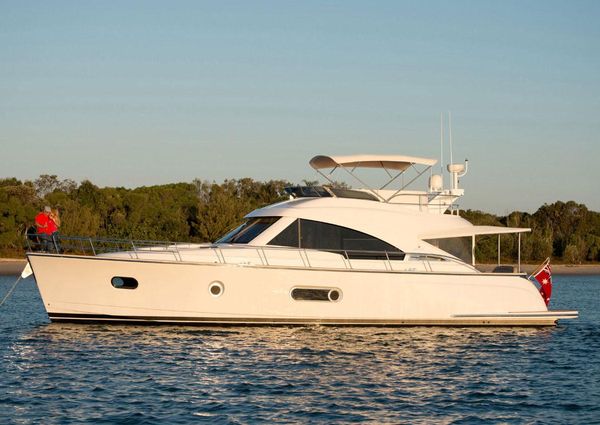 |
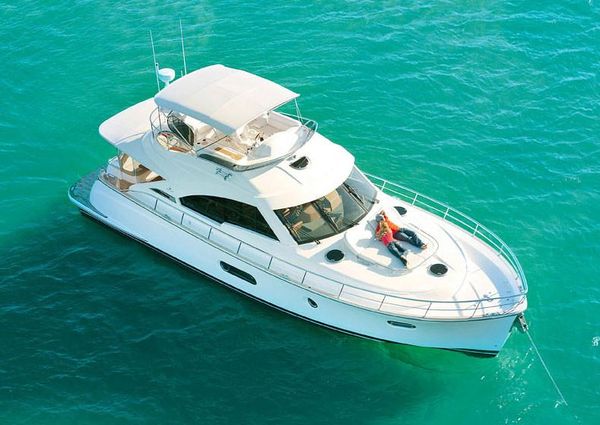 |
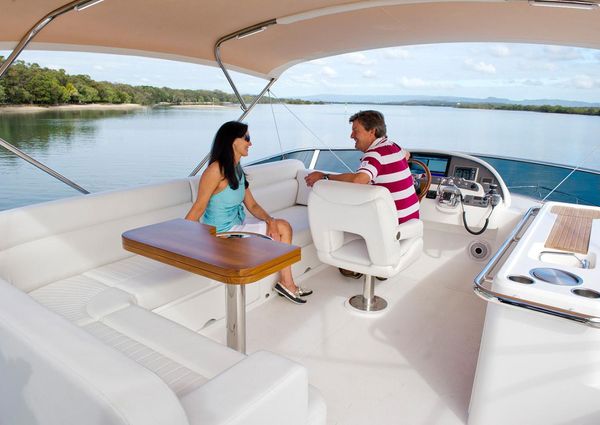 |
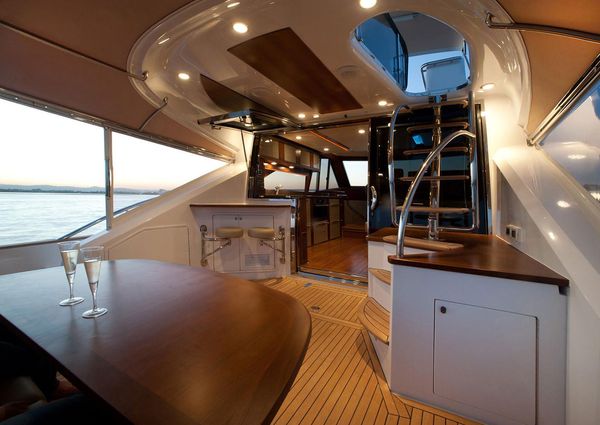 |
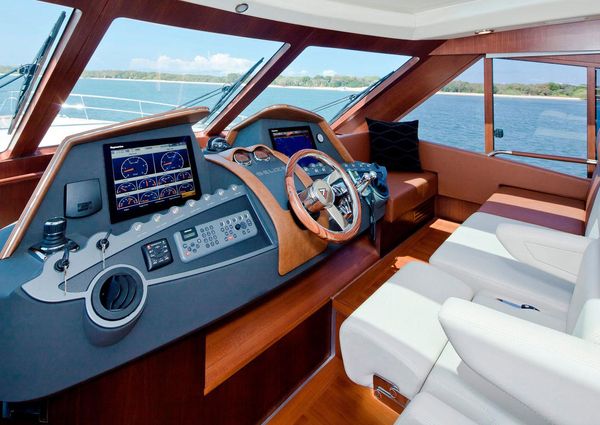 |
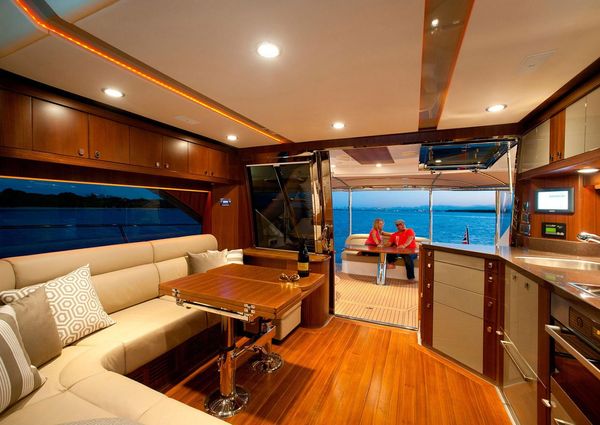 |
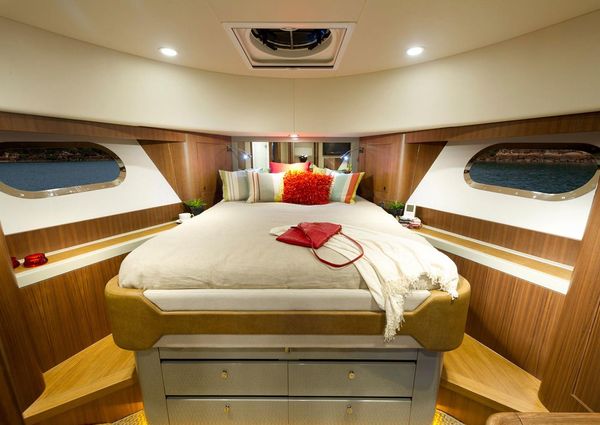 |
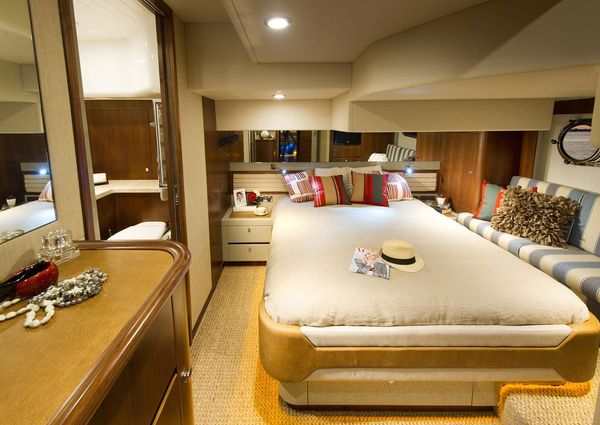 |
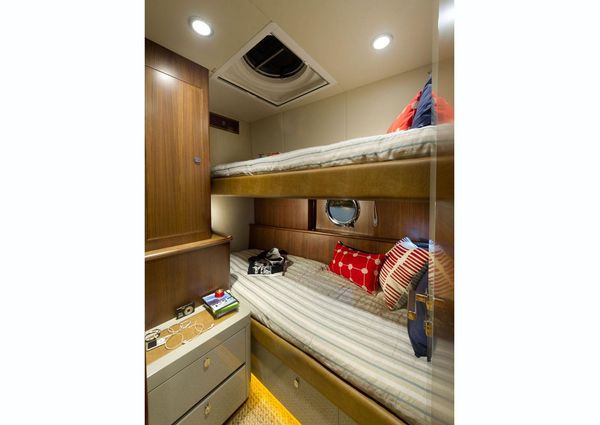 |
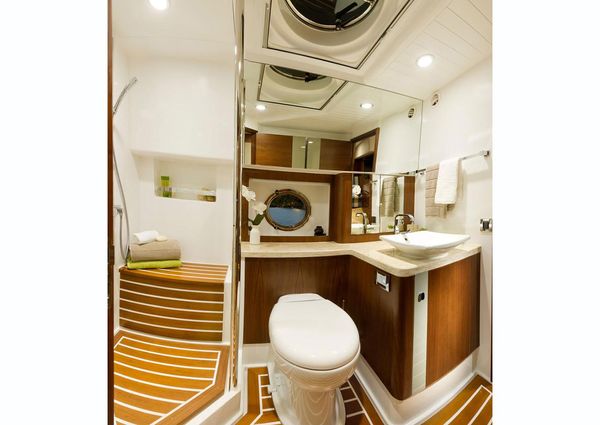 |
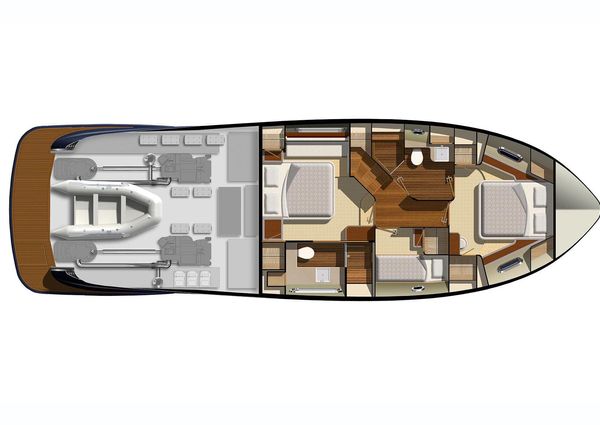 |